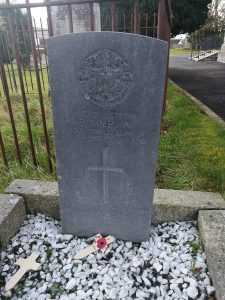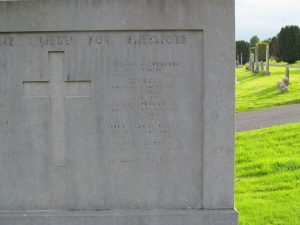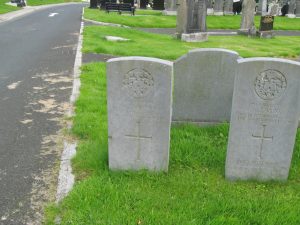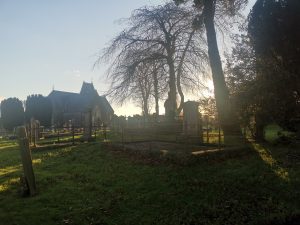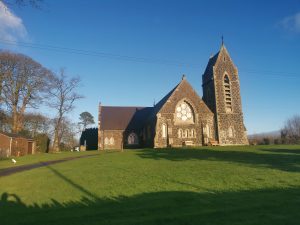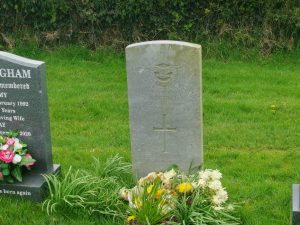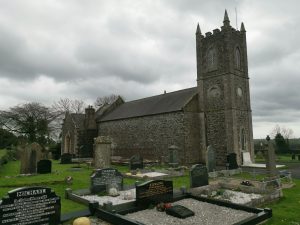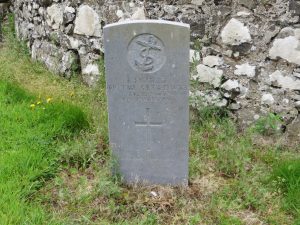Long, P (Patrick)
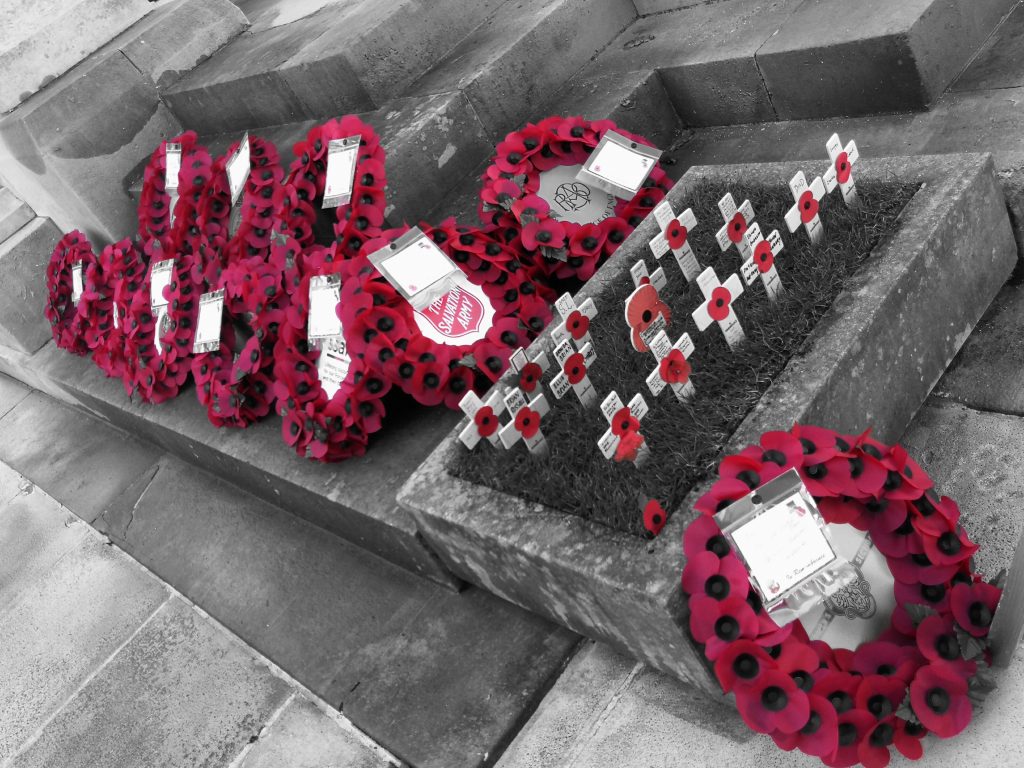
No photo at present
Private Patrick Long was the son of Hugh and Hannah Long, of 7, Donegal Place, Londonderry; husband of Mary Ellen Long, of 7, Joseph Street, Londonderry. He was buried from his residence at 23 Union Street in the Waterside.
Patrick arrived at Le Harve[1] in France along with 7th Battalion of the Royal Irish Fusiliers on the 21st of February 1916. The battalion then got into a train to Lillers[2] and marched to Busnettes.[3] By this time, they were experiencing cold weather and snow falls.
By March, the Irish Fusiliers moved onto Vermelles.[4] It was during this month that they first experienced life in the trenches, although this was quiet with no casualties.
They continued moving, changing positions, and manning trenches with no casualties even on the 26th of April when they received their first gas attack alerts.
On the 29th another attack with gas happened, but this time the wind changed, and it blew back on the Germans who abandoned their trenches. As they were running away from the gas, the British shelled them causing a large amount of dead and wounded.
May was spent in reserve and training, with little to report. By June they changed positions and were back in the front in trenches exchanging fire with the enemy. On the 19th they discovered German mining operations. Apart from this incident the month was quiet, with only some tit for tat shelling and a few trench raids. Casualties remained light.
June began with bombardments and raids. Deaths began occurring. On the 5th they had 5 killed and 1 gassed. The gas attacks and artillery attacks continued regularly.
On the 13th the Irish Fusiliers sent five maps attached to rifle grenades over to the German lines. These showed how well the allies were supposedly doing on the Somme.
On the 16th they set off a mine to collapse the previously discovered enemy tunnels. Soon afterwards the battalion was on the move again.
The trench warfare the Irish Fusiliers were involved in was quiet in comparison to other areas in France with extremely low casualties. This continued into August.
August 14th found them preparing to attack with gas. It was ultimately cancelled due to the weather. Eventually though the two sides did exchange gas and artillery strikes, with few casualties. Unfortunately, though by the end of the month the battalion received orders and moved to the Somme area.
September found the 7th being ordered to advance on German trenches at Falfomont Farm.[5] They were to capture these at “all cost.” Casualties were 246 wounded, missing or dead followed on the 9th by 143. Soon afterwards and due to their casualties, they left the area and became a reserve battalion.
For the second and last time, Private Patrick Long was wounded. He had been wounded before and suffered from gas poisoning at that time. This happened just before his death on the 24th of September 1916 at Ninnan Park Hospital in Cardiff, Wales. It is unknown when the incident happened that led to his death.
Patrick had a full military funeral on the 17th of September 1916. It was attended by a brass and pipe band plus a firing party. His other two brothers were also in the army, one of them was also recovering from wounds. He was awarded the British War and Victory Medals.
Date of Death: 24/09/1916 (Aged 19)
Service: Private, Royal Irish Fusiliers, 7th Battalion.
Service Number: 21398
Burial Location: Londonderry (or Derry), City Cemetery, MD. 210.
[1] Le Havre is a major port in Normandy, northern France.
[2] Lillers is a town near the Belgium border, around 150 miles from Le Harve.
[3] Busnettes is an area in France around 5 miles east of Lillers.
[4] Vermelles is an area in France around 12 miles east of Busnettes.
[5] Falfomont Farm was a heavily fortified German position southeast of Guillemont, in the Somme area.
